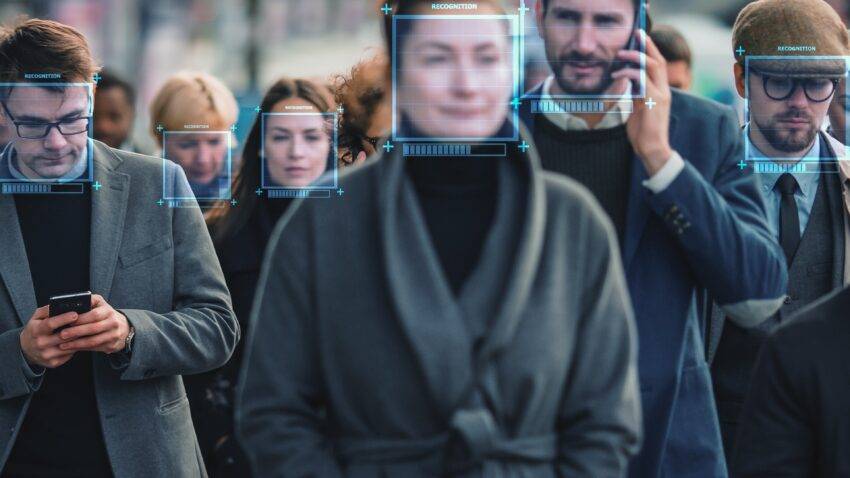Business
Guide to the safe and ethical use of facial recognition tools launched

BSI has published new guidance to ensure facial recognition technology (FRT) acts as a positive force in society. These guidelines are intended to help organizations deal with the ethical challenges associated with using the technology and, as a result, build confidence in its use.
The use of artificial intelligence (AI)-powered facial recognition tools is becoming increasingly common, including for security purposes such as The coronation of King Charles or major sporting events such as football matchesand to combat shoplifting. FRT maps the physical features of an individual into an image to form a facial template, which can be compared to other images stored in a database to verify a high degree of similarity or the presence of an individual at a specific location at a specific time.
BSI is recent research showed that 40% of people worldwide expect to use biometric identification at airports by 2030. Its spread has raised concerns about safe and ethical use, including around error rates related to racial or gender differences, as well as high-profile lawsuits, including one involving software used by Uber. A 2022 audit assessed the use of facial recognition by the police and found that its use occurred regularly did not meet minimum ethical and legal standards.
The new standard has been developed by BSI, in its role as the UK National Standards Body, to address concerns by helping organizations navigate the tools and build public trust. It follows BSI’s Trust in AI survey which found that 77% of people believed trust in AI was key to using it in surveillance.
The Code of Practice is designed for both public and private organizations that use and/or monitor video surveillance systems (VSS) and facial biometric technologies and applies to the entire supply chain, starting with an assessment to determine the need to use FRT, through to procurement of it. , installation and appropriate use of the technology. Facial recognition technology – Ethical use and deployment in video surveillance based systems – Code of Practice (BS 9347:2024) sets out six key overarching principles of ‘reliability’. These are supported by a summary of the policies that are required and must be enforced by those across the supply chain. The guide covers its applicability in the areas of governance and accountability, human action and oversight, privacy and data management, technical robustness and security, transparency and explainability, diversity, non-discrimination and fairness.
With the industry expected to be worth $13.4 billion globally by 2028, the standard sets out the importance of regularly reviewing the ethics of AI and its application in FRT. It covers best practices and provides guidance on the appropriate guardrails for safe and unbiased use of FRT through the definition of two scenarios: identification and verification. For the former, such as identifying individuals in crowds at events, the standard requires FRT to be used in combination with human intervention or human-in-the-loop measures to ensure accurate identification before action is taken.
In authentication scenarios where the technology can operate autonomously, such as building access control, authenticating a payment transaction, or opening a phone, the standard sets up guardrails for the technology’s learning process by ensuring that the training data includes sets from diverse demographic groups and from different groups. of lighting levels and camera angles, to eliminate inaccuracies and reduce the risk of bias through false positives.
Scott Steedman, Director General of Standards at BSI, said: “AI-based facial recognition tools have the potential to be a force for good and benefit society through their ability to detect and monitor potential security threats.
“This code of practice is designed to help organizations deal with the ethical challenges associated with using FRT systems and, as a result, build confidence in their use. It aims to anchor best practices and provide guidance on the appropriate guardrails organizations can put in place to protect civil rights and eliminate systemic bias and discrimination.”
Dave Wilkinson, director of technical services at the British Security Industry Association, said: “The use of FRT has not come without its own challenges, whether that is due to the accuracy of the technology, or how and where it is deployed. Many relevant questions have been asked by privacy groups, industry stakeholders and other interested parties about the appropriate and proportionate use of such technology. This code of practice aims to increase the reliability of the use of FRT by establishing key principles covering the entire process, from assessing the need to use it to ensuring that its continued operation remains appropriate and justified.
“Aligned with the understanding of the evolving regulatory environment, both here in Britain and the wider international regulatory landscape, the code of practice aims to build confidence among those who develop it, use it and are subject to its use.”













